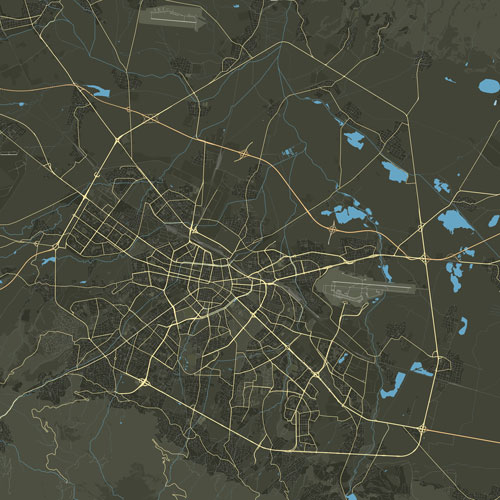If the visit to the military cemetery precipitates sadness in the soul, it quickly gives way to the curiosity and admiration of everyone who has crossed the threshold of the extremely interesting and unique “Museum of Fishing and Boating” along the Danube, opened in 1974. It is close to the Danube River and the Architectural Complex “Ribarska Mahala” – a naturally distinct fishing village from the Renaissance era. A charming place where you can easily immerse yourself in the past and understand why Tutrakan, during its thousand-year existence, has always been associated with fishing and boating – an ancient livelihood and craft that fed entire clans and families. The exhibits in it are collected from all over the Danube.
Famous craftsmen worked in the city, who made and exported boats not only to Romania and Serbia, but also to Hungary and Austria. It is known for certain that by 1897 the fishing profession was practiced by 2,297 people, and at the beginning of the 20th century, the hamlet was inhabited by 1,437 fishing families. And not only men, but also many women were engaged in fishing. From here, in addition to boats, fish, fish oil and black caviar were exported to a number of European countries.
The museum’s exposition offers a fascinating journey into the past. Another thing becomes clear here: that the population of Tutrakan did not live in affluence. His food consisted mostly of catfish and dishes made from fish. The fishermen stayed in the town only during the coldest winter days. They went fishing in early spring and returned in late autumn. They moved 150-200 kilometers away from their birthplace, caught fish, which they sold, and thus supported their families. Lack of income was their constant companion. When the year was bad and the catch was small, they starved. And some particularly curious facts can be learned here.
For example, which of the species of fish is the emblem of the great river. Some say that this is precisely the moruna, because its white meat is very tasty, and because it produces the famous black caviar – the “gold” of the Danube fishermen. But if the moruna is an emblem of the Danube, there is no doubt that its master is the catfish, which during its 40-year life can reach a length of 5-6 meters and a weight of 300 kilograms. A fierce and combative fish – a catfish weighing about 100 kilograms has the pulling power of a small motor boat. At the time, when fishermen had only a simple rowing boat, it was not at all easy to catch and retrieve such a specimen from the water.
A city and a river with a common destiny that connected them forever. Go to Tutrakan not only to see, but also to feel all this.
Work time:
Opening hours:
Monday – Friday: 8:00 – 12:00 and 13:00 – 17:00
Saturday and Sunday: 9:00 – 12:00 and 13:00 – 16:00
In October, on weekends, Saturdays and Sundays, the expositions are open to visitors on Saturdays from 9 a.m. to 4 p.m., and on Sundays for groups with a prior request on tel. 0866/61235, 60352.
Entrance fees:
working people – BGN 5, pensioners, students and pupils – BGN 3. talk – BGN 10.
Contacts:
Museum of History
1 Suvorov Sq

